

Top billed cast
 Salif KeitaSelf
Salif KeitaSelfN'Doumbé DjenguéSelf
Glaucus de Oliveira XavierSelf
Mokhtar SambaSelf
Souleymane DoumbiaSelf
Manu ChamboSelf
Similar to Salif Keita & Les Ambassadeurs - Jazz Open à Stuttgart
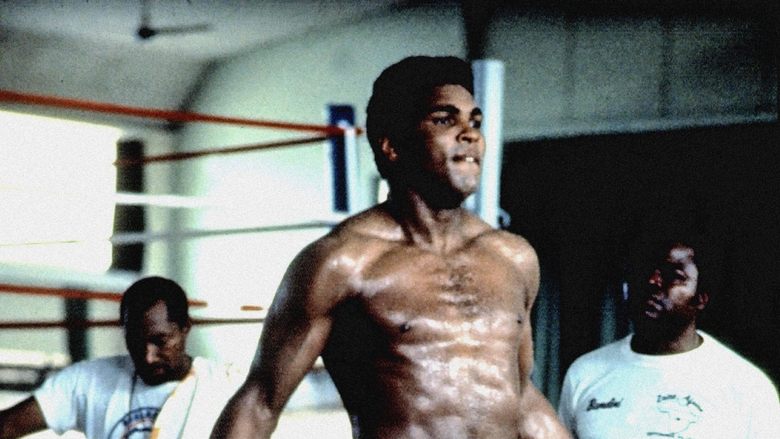
When We Were Kings (1996)
It's 1974. Muhammad Ali is 32 and thought by many to be past his prime. George Foreman is ten years younger and the heavyweight champion of the world. Promoter Don King wants to make a name for himself and offers both fighters five million dollars apiece to fight one another, and when they accept, King has only to come up with the money. He finds a willing backer in Mobutu Sese Suko, the dictator of Zaire, and the "Rumble in the Jungle" is set, including a musical festival featuring some of America's top black performers, like James Brown and B.B. King.
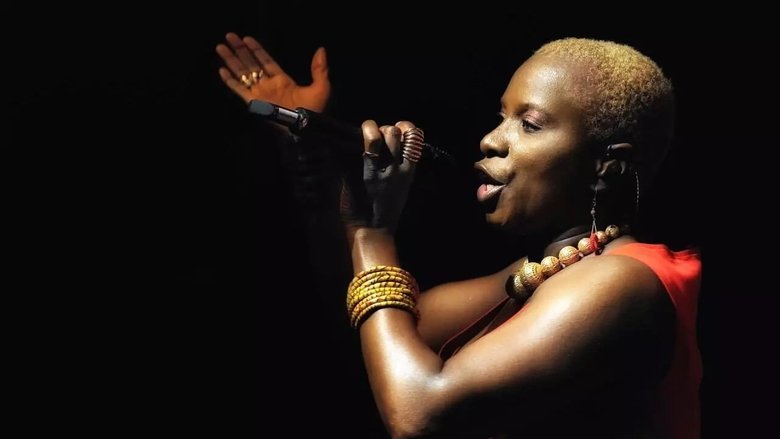

Africa Rising (2019)
How African artists have spread African culture all over the world, especially music, since the harsh years of decolonization, trying to offer a nicer portrait of this amazing continent, historically known for tragic subjects, such as slavery, famine, war and political chaos.
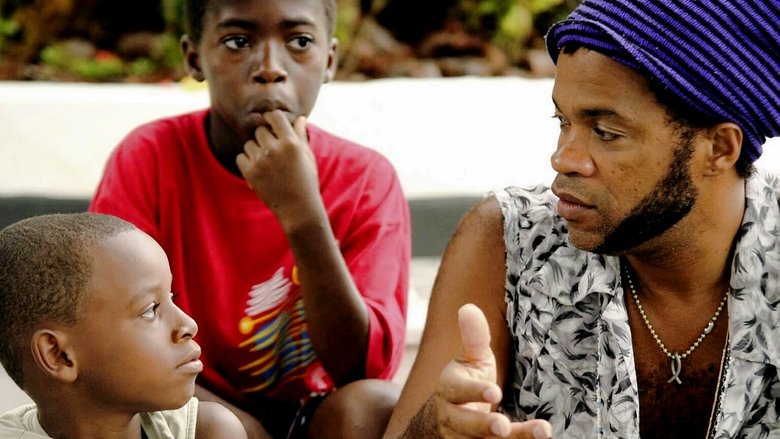
The Miracle of Candeal (2004)
The story of the Candeal favela in Salvador de Bahia, Brazil, where musician Carlinhos Brown carries out social and cultural initiatives that protect and enrich the lives of its inhabitants every day.
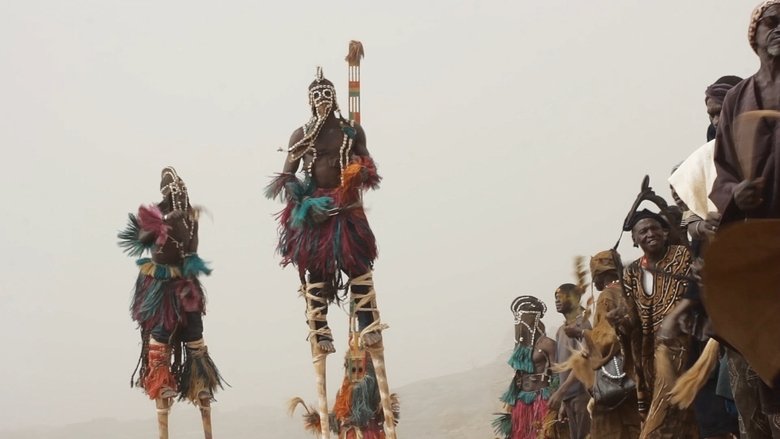
El canto de los dioses (2020)
Road documentary that delves into the musical and religious expressions of sub-Saharan Africa. Through Mauritania and Mali, the film documents the lives of Dogon, griots, musicians and instrument makers who, through oral accounts, explain why music plays a fundamental role in the socio-religious organization of peoples. The film culminates its search with the recording of the performance of the traditional Dogon mask dance, in Begnematou, a small village lost in the desert.

Robert Plant and the Sensational Space Shifters: Live at David Lynch's Festival of Disruption - 2016 (2018)
Robert Plant formed his current band The Sensational Space Shifters in 2012 and has been recording and touring with them ever since. Robert Plant has always introduced music from many cultures into his work and the Sensational Space Shifters blend of African rhythms and melodies, rock music, and folk roots is his latest incarnation. In October 2016 they took part in David Lynch's inaugural Festival of Disruption at the Ace Hotel Theater in Los Angeles, an event that raised funds for The David Lynch Foundation. The set featured tracks from the band's 2014 album Lullaby and...The Ceaseless Roar alongside fascinating Space Shifters re-workings of Led Zeppelin classics.

Chasing the Sound (2020)
Travel with Major Lazer to Ghana and Nigeria to make the world smaller by making the party bigger. They are collaborating with cutting-edge Afrobeats artists including Mr.Eazi, Efya, Teni, Sarkodie and Amaarae as they explore the culture and history of Africa. Chasing the Sound: Major Lazer, watch now only on YouTube.
Fela Kuti: Live at Glastonbury 1984 (1984)
Afrobeat pioneer Fela Kuti performs at the 1984 Glastonbury Festival. Originally produced for Arena.
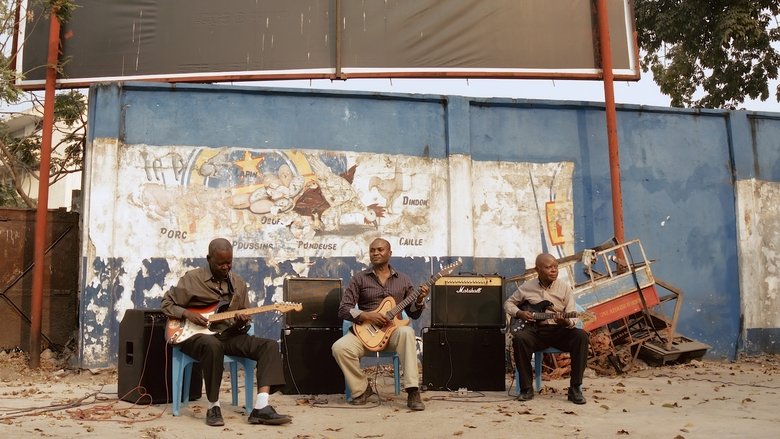
The Rumba Kings (2021)
In the fifties, when the future Democratic Republic of Congo was still a Belgian colony, an entire generation of musicians fused traditional African tunes with Afro-Cuban music to create the electrifying Congolese rumba, a style that conquered the entire continent thanks to an infectious rhythm, captivating guitar sounds and smooth vocals.
Voudoun Gods on the Slave Coast (2014)
Vodoun Gods On The Slave Coast explores the ceremonial splendor of sacred dance and ritual in Benin, the birthplace and cradle of Vodoun. Formerly known as Dahomey, Benin was also called the Slave Coast due to its importance in the trans-Atlantic slave trade. Today, the worship and supplication of Vodoun gods remains integral to everyday life in Benin.
Sunday in Bamako (2008)
This special, behind-the-scenes film takes us on a trip to Mali to witness Amadou & Mariam at home and their musical encounter with legendary artist and producer Manu Chao during the making of their hit album Dimanche à Bamako, The music provides the lifeblood of the film, featuring the hits Sénégal Fast Food and La Realité, popular favourites Coulibaly, M’Bifé and Camions Sauvages plus a rare, unreleased live song by Manu Chao, Kira.
Can You Hear God Crying? (2014)
World première recording of Hannibal Lokumbe's 'spritatorio' Can You Hear God Crying, which combines jazz, gospel and chamber music with West African prayers and songs. The piece, commissioned by Philadelphia philanthropist Carole Haas Gravagno, is about the composer's great-great-grandfather, who was born in the Sahara, kidnapped and enslaved in Liberia, and sold at auction in Charleston, S.C. He escaped to Texas, where he bought land and had a family.
The Scientist of Sound (2017)
Thursday 27th of October 2016 – Teatro Espace, Turin. Mulatu Astatke is a musician, composer, arranger and Ethiopia’s cultural ambassador. He’s known as the godfather of ethiojazz, a unique blend of jazz, traditional Ethiopian music, latin, caribbean reggae and afrofunk. Born in 1943 in Jimma, Mulatu studied music not only in Ethiopia but also in UK and USA. In 2005 he contributed to the soundtrack of Jim Jarmusch’s film “Broken Flowers”, reaching a new public worldwide.
Land Rush (2012)
A partnership between the Government of Mali and an American agricultural investor may see 200-square kilometers of Malian land transformed into a large-scale sugar cane plantation. Land Rush documents the hopes, fears, wishes, and demands of small-scale subsistence farmers in the region who look to benefit, or lose out, from the deal.
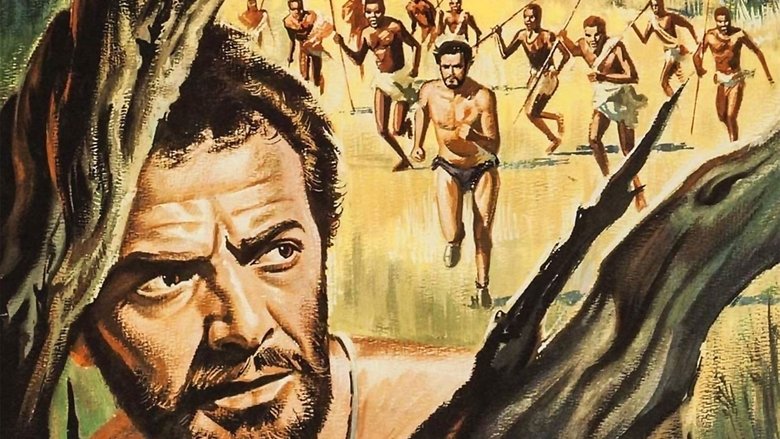
The Naked Prey (1965)
A group of men are on safari. One of the party refuses to give a gift to a tribe they encounter. The tribe is offended, seizes the party, and one-by-one, kills all but one of the safari members in various creative and horrifying ways. The last surviving member is given "The Lion's Chance" by the tribal leader to be hunted down by a party of tribal warriors.
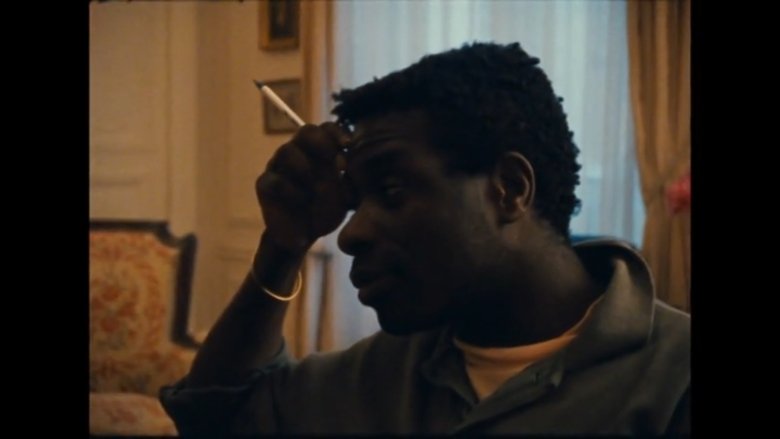
Germaine chez elle (1994)
In front of Jean Rouch's camera, Germaine Dieterlen recalls her ethnographic itinerary, at the Musée de l'Homme, in Mali and in the Paris of the 1930s.
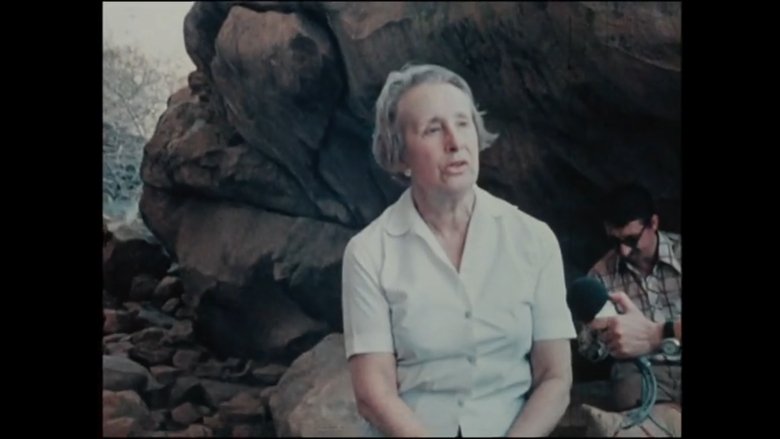
Hommage à Marcel Mauss. Germaine Dieterlen (1977)
Germaine Dierterlen talks about Dogon mythology at a conference on the Bandiagara cliffs. The Songo canopy is a sacred site in Bandiagara. Its walls are covered with paintings depicting the different phases of creation. A little further on, in a cave near the village of Bongo, symposium participants are discussing the Tellem, the people who lived in the houses built into the cliffs before the arrival of the Dogon. The archaeological remains and migratory movements of these two peoples are discussed.
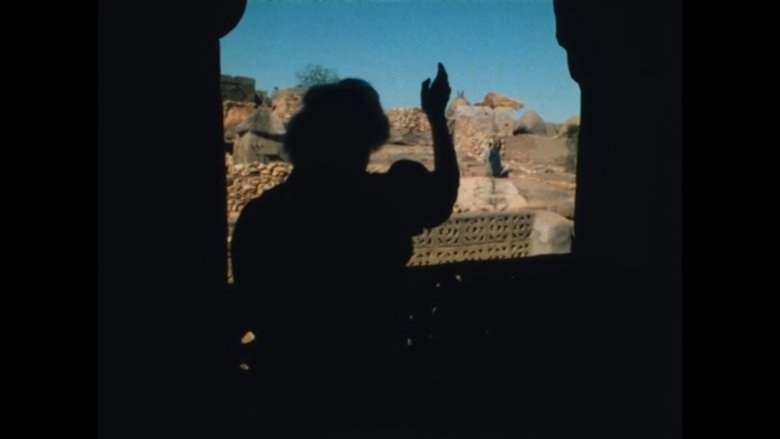
Germaine et ses copains (1996)
In Sangha, through the window of her house, Germaine greets Djamgouno, her main informant. He then translates for her a conversation she has with a half-blind old man. She recounts her memories of a past party at which Amadigné worked with her as an informant. Later, in front of the cliff, Germaine, Djamgouno and Pangalé are sitting on rocks, and Germaine talks about the many caves that can be visited by climbing small spelunking ladders. Rouch intervenes during the interview, asking the protagonists about the settlement of the cliff by the Dogon, who learned from the Tellem how to climb the cliff. Rouch then asks about the Tellem's predecessors who lived there 2,400 years ago. Germaine admits the ignorance of researchers on the subject, and Rouch concludes by joking about the new task that now falls to Germaine Dieterlen.
Les Accords de Bella
There are more than 500 accordions for 35,000 people. Polkas, mazurkas and waltzes are part of the history and mestization of an island forgotten by all for a very long time. Here, the accordion is not a forgotten instrument, quite the contrary; its sound mixes with African drums so that young and old can dance. With Philippe Imbert's help, a French craftsman, the Rodrigues Accordion Association has set out on a new adventure: Making their own accordion. The first one, the prototype, completely made on the island, is called Bella
Gringo Trails (2014)
Are tourists destroying the planet-or saving it? How do travelers change the remote places they visit, and how are they changed? From the Bolivian jungle to the party beaches of Thailand, and from the deserts of Timbuktu, Mali to the breathtaking beauty of Bhutan, GRINGO TRAILS traces stories over 30 years to show the dramatic long-term impact of tourism on cultures, economies, and the environment.